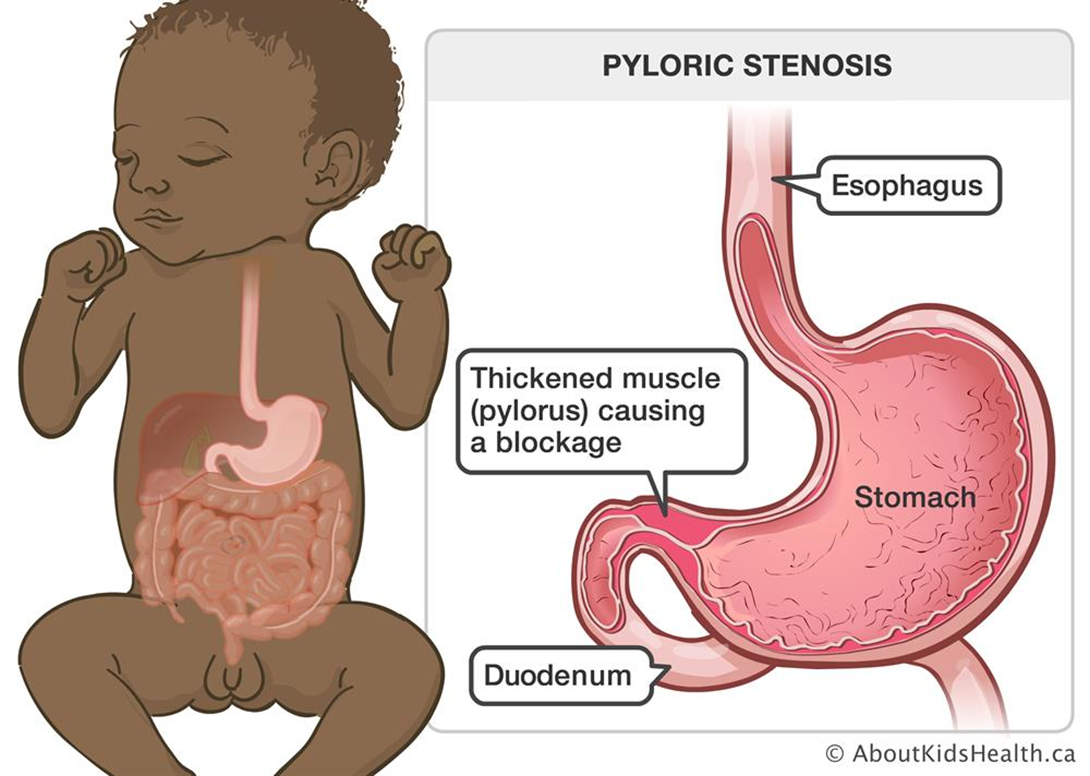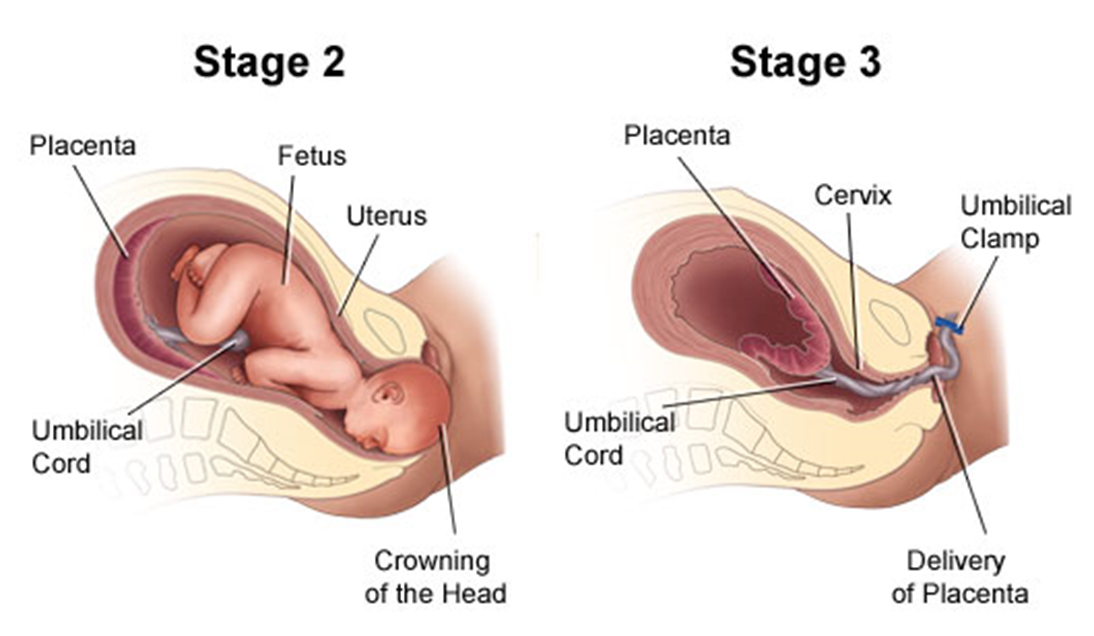A 6-week-old infant with pyloric stenosis is scheduled for a pyloromyotomy. Which pre-operative nursing action has the highest priority?
Mark an outline of the "olive-shaped" mass in the right epigastric area.
Instruct parents regarding care of the incisional area.
Monitor amount of intake and infant's response to feedings.
Initiate a continuous infusion of IV fluids per prescription.
The Correct Answer is D
Choice A reason: Marking an outline of the "olive-shaped" mass in the right epigastric area is not a priority nursing action. The mass is caused by hypertrophy of the pyloric sphincter, which obstructs gastric emptying and causes projectile vomiting. The mass may not be palpable in all cases.
Choice B reason: Instructing parents regarding care of the incisional area is a post-operative nursing action, not a pre-operative one. The parents will need to learn how to keep the incision clean and dry, monitor for signs of infection, and administer pain medication as prescribed.
Choice C reason: Monitoring amount of intake and infant's response to feedings is important, but not the highest priority. The infant may have difficulty feeding due to nausea, vomiting, and abdominal pain.
Choice D reason: This is the correct answer because initiating a continuous infusion of IV fluids per prescription is essential to prevent dehydration and electrolyte imbalance in the infant. The infant may have significant fluid loss due to vomiting and poor intake.

Nursing Test Bank
Naxlex Comprehensive Predictor Exams
Related Questions
Correct Answer is C
Explanation
Choice A reason: Providing pain medication to increase the client's tolerance of labor pains is not a specific intervention for the second stage of labor. Pain medication is a drug that relieves pain by blocking pain signals or reducing inflammation. Pain medication can be given during any stage of labor, depending on the client's preference and condition. However, pain medication may have side effects such as sedation, nausea, or respiratory depression, and may affect the fetal heart rate or the progress of labor.
Choice B reason: Assessing the fetal heart rate and pattern for signs of fetal distress is not a particular intervention for the second stage of labor. Fetal heart rate and pattern are indicators of fetal well-being and oxygenation. Fetal heart rate and pattern should be monitored throughout labor, especially during contractions, to detect any abnormalities or complications such as bradycardia, tachycardia, or decelerations.
Choice C reason: This is the correct answer because assisting the client to push effectively so that expulsion of the fetus can be achieved is a vital intervention for the second stage of labor. The second stage of labor begins when the cervix is fully dilated (10 cm) and ends with the delivery of the baby. The nurse should coach the client to push with each contraction, using proper breathing and positioning techniques, and provide feedback and encouragement.

Choice D reason: Monitoring effects of oxytocin administration to help achieve cervical dilation is not a relevant intervention for the second stage of labor. Oxytocin is a hormone that stimulates uterine contractions and cervical dilation. Oxytocin can be administered during labor to augment or induce labor, especially if there is prolonged or dysfunctional labor. However, oxytocin is not needed in the second stage of labor, when the cervix is already fully dilated and the focus is on pushing and delivering the baby.
Correct Answer is ["A"]
Explanation
Choice A reason: Avoid salt substitutes. This client needs additional education, as salt substitutes may contain potassium, which can increase the risk of hyperkalemia in clients with coronary artery disease. The nurse should teach the client to use herbs, spices, or lemon juice to flavor food instead of salt or salt substitutes.
Choice B reason: Consume canned vegetables. This client needs additional education, as canned vegetables may contain sodium, which can increase the blood pressure and worsen coronary artery disease. The nurse should teach the client to choose fresh or frozen vegetables instead of canned ones.
Choice C reason: Include oatmeal for breakfast. This client does not need additional education, as oatmeal is a good source of soluble fiber, which can lower cholesterol and reduce the risk of atherosclerosis. The nurse should praise the client for this healthy choice.
Choice D reason: Identify foods with saturated fats. This client does not need additional education, as identifying foods with saturated fats is an important step to avoid them. Saturated fats can raise cholesterol and increase the risk of coronary artery disease. The nurse should teach the client to limit saturated fats to less than 10% of total calories per day.
Choice E reason: Walk 30 minutes per day. This client does not need additional education, as walking 30 minutes per day is a recommended physical activity for clients with coronary artery disease. Physical activity can improve blood circulation, lower blood pressure, and reduce stress. The nurse should encourage the client to walk at a moderate pace and consult with the healthcare provider before starting any exercise program.
Choice F reason: Keep a food diary. This client does not need additional education, as keeping a food diary is a helpful tool to monitor dietary intake and identify areas for improvement. The nurse should teach the client to record the type, amount, and time of food consumed, as well as any symptoms or feelings associated with eating.
Whether you are a student looking to ace your exams or a practicing nurse seeking to enhance your expertise , our nursing education contents will empower you with the confidence and competence to make a difference in the lives of patients and become a respected leader in the healthcare field.
Visit Naxlex, invest in your future and unlock endless possibilities with our unparalleled nursing education contents today
Report Wrong Answer on the Current Question
Do you disagree with the answer? If yes, what is your expected answer? Explain.
Kindly be descriptive with the issue you are facing.
